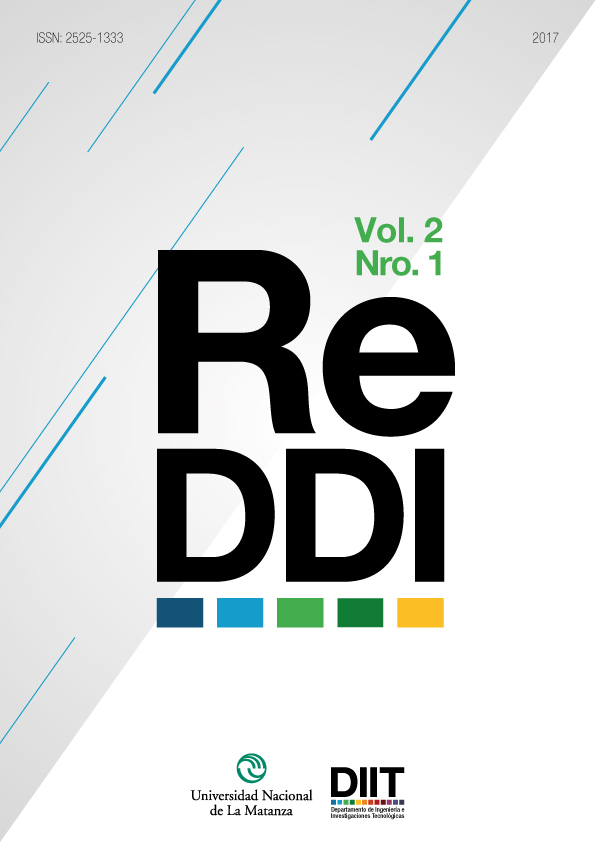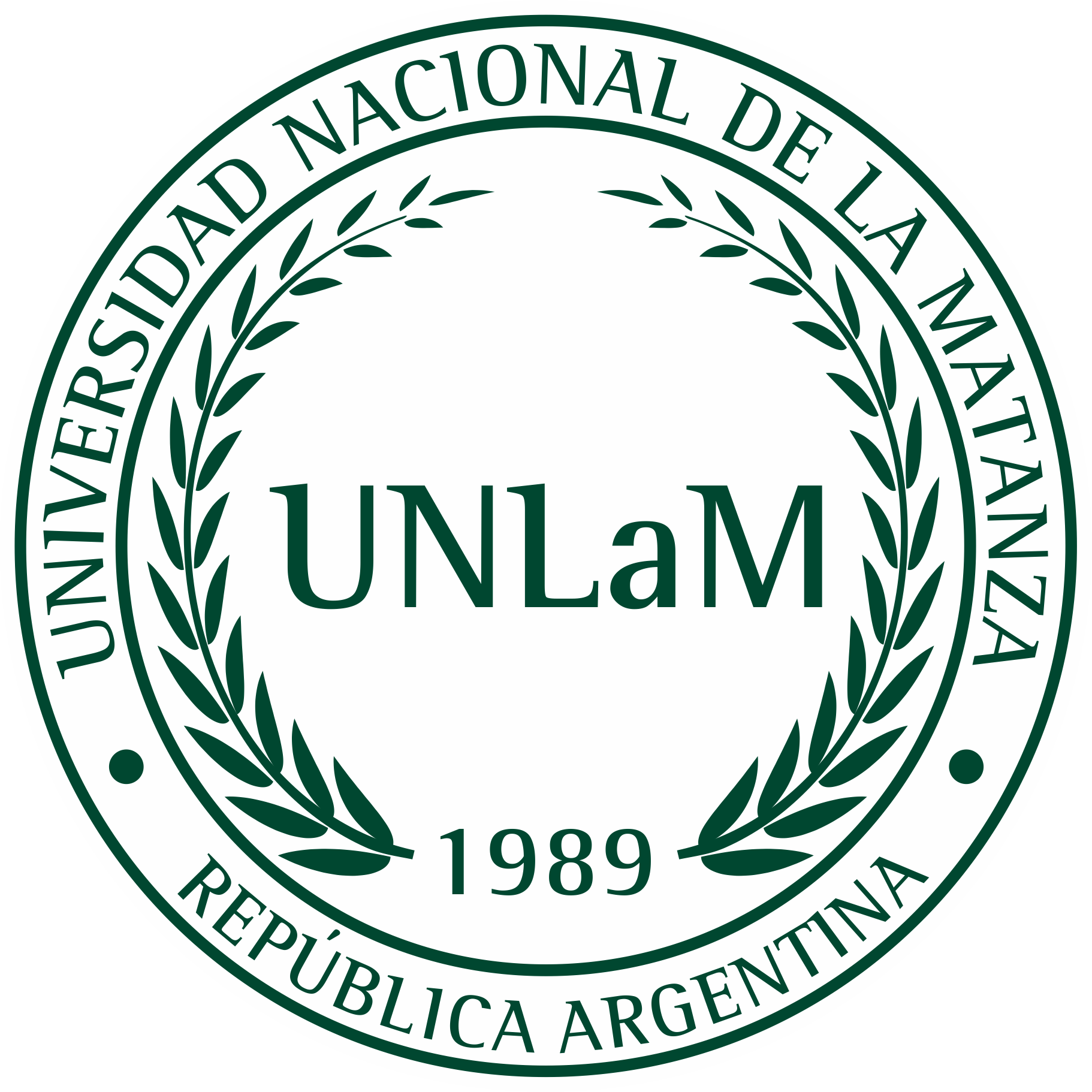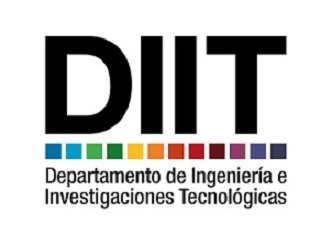EVALUACIÓN DE RIQUEZA EN COMUNIDADES MICROBIANAS
Resumen
La riqueza de una comunidad microbiana es un importante parámetro para comparar su estructura con otras comunidades a través del tiempo y el entorno. La estimación de la riqueza basada en datos de un gen marcador obtenidos por Secuenciación de Nueva Generación presenta diversos problemas estadísticos. Los estimadores habituales, derivados del análisis de macro-organismos, tienden a subestimar la riqueza de comunidades microbianas. Desarrollamos aquí un proceso estocástico para entender los efectos de la estructura de la población sobre las estimaciones tradicionales de riqueza e introducimos el Algoritmo de Recuento de Especies (AQS).Citas
Armougom, F. and Raoult, D. 2009. Exploring Microbial Diversity Using 16S rRNA High-Throughput Methods. Journal of Computer Science & Systems Biology Volume 2(1): 074-092 (2009) – 074
Chao, A. 1984. Nonparametric estimation of the number of classes in a population. Scand J Statist 11: 265-270.
Chao, A and Lee, S. 1992. Estimating the Number of Classes via Sample Coverage. Journal of American Statistical Association. Volume 87. Issue 417.
Chao, A and Shen, T. 2003 Nonparametric estimation of Shannon’s index of diversity when there are unseen species in sample. Environmental and Ecological Statistics 10, 429-443.
Chao, A. Gotelli, N. J. Hsieh, T.C. Sander, E. L. Ma, K.H. Colwell, R. K. and Ellison A. M. 2014. Rarefaction and extrapolation with Hill numbers: a framework for sampling and estimation in species diversity studies. Ecological Monographs. 84 (1) 2014 pp.45-67.
Fischer, R. Corbett, S. and Williams, C. 1943. The Relation Between the Number of Species and the Number of Individuals in a Random Sample of an Animal Population. The Journal of Animal Ecology. British Ecological Society. Vol 12 N°1 (1943)
Galand, P. E. Casamayor, E. O. Kirchman, D. L. and Lovejoy, C. 2009. Ecology of the rare microbial biosphere of the Artic Ocean. PNAS. Vol. 106 no. 52 22427-22432.
Good, I. 1953. “The Population Frequencies of Species and Estimation of Population Parameters”. Biometrika. Vol 40 N° 3/4.
Gotelli, N and Colwell,R. 2001. Quantifying biodiversity: procedures and pitfalls in measurement and comparison of species richness. Ecology Letters. 4: 379-391
Haegeman, B. Hamelin, J. Motitarty, J. Neal, P. Dushoff, J. and Weitz, J. 2013 Robust estimation of microbial diversity in theory and in practice. ISME Journal 2013, 1-10
Hill, M. O. 1973. Diversity and Eveness: A Unifying Notation and Its Consequeces. Ecology. Vol.54. No 2 pp 427-432.
Hill, T. Walsh, K. Harris, J. and Moffett, B. 2003. Using Ecological Diversity Measures with Bacterials Communities. FEMS.Microbiology Ecology 43 1-11
Hillis, D. M. Moritz, C. and Mable, B. K. 1996. Molecular Systematics. Second Edition, Sinauer Associates, Inc. Publishers. Sunderland, MA. USA.
Huber, J. A. Mark Welch, D. B. Morrison, H. G. Huse, S. M. Neal, P.R. Butterfield, D. and A. Sogin, M. L. 2007. Microbial Population Structures in the Deep Marine Biosphera. Science 318, 97(2007) DOI: 10.1126/science.1146689
Hughes, J. Hellmann, J. Ricketts, T. and Bohannan, B. 2001. Counting the uncountable: statistical approaches to estimating microbial diversity. Applied and Environmental Microbiology. 4399-4406.
Hughes,J and Hellman, J. 2005. The Application of Rarefaction Techniques to Molecular Inventories of Microbial Diversity. Methods in Enzymology. Vol 397.
Huse, S. M. Welch, D.M. Morrison, H.G. and Sogin, M.L. 2010. Ironing out the wrinkles in the rare biosphere through improved OTU clustering Environmental Microbiology (2010) 12(7), 1889–1898
Magurran, A. 2004. Measuring Biological Diversity. Blackwell Science Ltd.
Magurran, A and McGill, B.J. 2011. Biological Diversity. Oxford University Press.
Nádas, A. 1985. On Turing’s Formula for Word Probabilities. IEEE Transactions on Acoustics, Speech and Signal Processing. Vol ASSP-33 N° 6.
O’Hara, R. 2005. Species richness estimators: how many species can dance on de head of a pin. Journal of Animal Ecology. 74, 375.386
Roesch, L. Fulthorpe, R. Riva, A. Casella, G. Hadwin, A. Kent, A. Daroub, S. Camargo, F. Farmerie, W. and Triplett, E. 2007. Pyrosequencing enumerates and contrasts soil microbial diversity. The ISME Journal. 1, 283-290.
Schloss, P and Handelsman, J. 2005. Introducing DOTUR, a Computer Program for Defining Operational Taxonomic Units and Estimating Species Richness. Applies and Environmental Microbiology. pp 1501-1506
Schloss, P. and Handelsman,J. 2006. Toward a census of bacteria in soil. PLoS Computational Biology. Volume 2.
Schloss, P. 2010. The Effects of Alignment Quality, Distance Calculation Method, Sequence Filtering, and Region on the Analysis of 16S rRNA Gene-based Studies. PLoS Computational Biology 6(7): e1000844. doi:10.1371/Journal.pcbi.1000844.
Youssef, N. and Elshahed, M. 2008. Species richness in soil bacterial communities: A proposed approach to overcome sample size bias. Journal of Microbiological Methods. 75 86-91.







